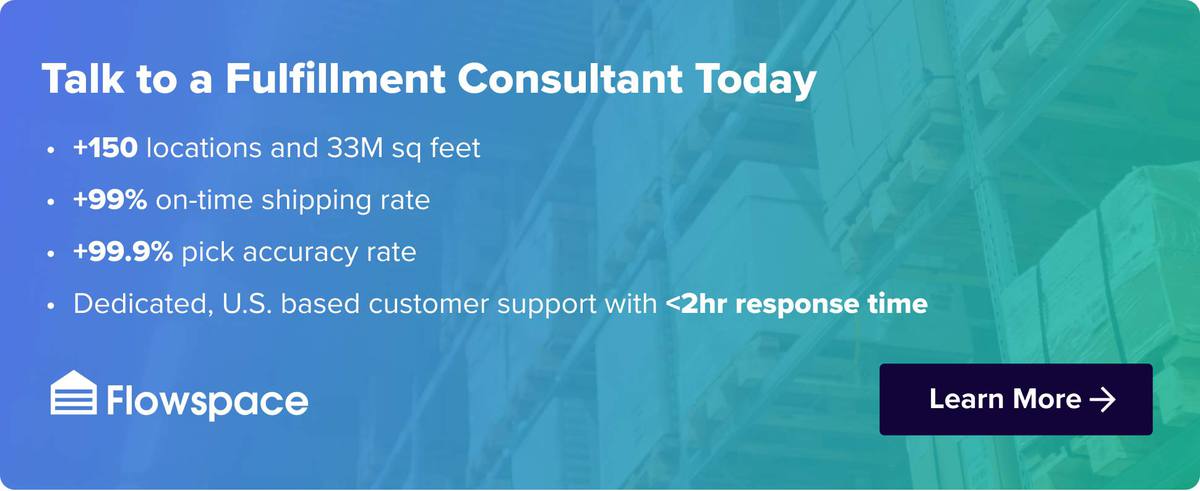
How do I track my package? Why is my package taking so long to deliver? What does order confirmed mean? Is dispatched the same as shipped? As a retailer, you probably run into a lot of customers with questions like these.
Fortunately, this guide to shipping statuses and last-mile delivery has everything you need to answer questions like these and exceed your customer’s expectations.
Understanding Last-Mile Delivery: What Does it Mean When an Order is Shipped
Customers ask a lot of questions about the shipping process but what they really want to know is when they can expect their package to be delivered. To answer that question in all its forms, you need a thorough understanding of last-mile delivery and what it really means when an order is “shipped”.
What is Last-Mile Logistics
On the product journey from store shelf to customer, the “last mile” refers to the final step in the shipping process, wherein the package is physically delivered to the final customer, typically a small business, storefront or a personal residence.
Ideally, a customer purchases an item online and the order is filled at the distribution center nearest to their home. Once filled, the order is loaded on a box truck or van, which transports the package from the distribution center to the customer’s doorstep. Would you like to know more about last-mile logistics? Read our in-depth guide to last-mile logistics.
Set Expectations with a Shipping Policy Page
Last-mile delivery is a simple process in theory. However, as the last leg of the shipping journey, the last mile is very likely to include traffic, dozens of residential deliveries and any random thing that might impede a delivery driver in an urban environment.
Packages get lost. Items get damaged. Even the weather can affect transit times and slow down the delivery process. When faced with a roadblock or question about their delivery, the first place most customers will check is your store’s shipping policy and/or FAQ page.
Answer Questions Before They’re Asked
Writing a shipping policy page and populating it with accurate, reliable information helps customers find answers to their questions quickly, often negating the need to reach out to a customer service rep.
Though the specific details of any individual policy will depend on the nature of your business, there is information that every shipping policy page should include to keep your customers informed:
- Shipping options and associated delivery times
- How to track shipments
- Return process and refund policy
- Customs and international shipping availability
- How to report a lost or damaged packages
Common Shipping Questions and How to Answer Them
Once your shipping policy page is in place, you can move on to your Frequently Asked Questions (FAQ) page, wherein you answer common questions and address specific issues that your customers may encounter.
How Do I Track an Order
“How do I track an order” is a very common question but also one that’s easy to solve. Honestly, most customers do not care where their order is in the delivery process unless they know it’s going to be late.
What customers really want to know is when their package is going to arrive. Therefore, the better you communicate tracking options, the less likely they will be to call you to track the package for them.
Is Shipped the Same as Delivered
No. Shipped is not the same as delivered. When a package is designated as “shipped” the package has been loaded on a truck and departed for the final distribution center. That means the package could be anywhere between the origin location and the destination terminal.
“Delivered”, on the other hand, means the delivery driver has dropped off the package at the final destination customer and updated all associated tracking systems to complete the transaction.
What Does “In Transit” Mean
UPS, USPS, FedEx, and other package delivery companies use a wide variety of terms to describe similar steps in the shipping process. “In transit”, for example, is very similar to “shipped” where the package has been loaded onto a truck at the origin location for delivery to the final destination terminal. If the origin location is “A” and the final destination customer is “C”, “in-transit” and shipped” are on their way to step “B” in the shipping process.
How Long After an Item is Shipped Does it Arrive
The answer to this question greatly depends on the nature of your business, the item being shipped, the shipping service used and the geographic location of the final destination customer’s address.
As such, it is best answered by directing your customer to the “shipment tracking” page of your website, enabling them to see the transit times for themselves. You can also create a transit times table similar to the one below.
What Does Out for Delivery Mean
Unlike “in-transit” and “shipped”, “out-for-delivery” means the package has been loaded on a truck at the final destination terminal and is now en-route to deliver it to the final customer. If the origin location is “A” and the final destination customer is “C”, “out-for-delivery” means the package is on its way from “B” to “C” in the shipping process.
Master Last Mile Logistics With Flowspace
Unless you’re Walmart or Amazon, your business likely does not have the millions of dollars it costs to invest in last-mile innovations like delivery lockers, drones and driverless trucks. But you don’t need any of that stuff if you partner with Flowspace.
With warehouses in every consumer market in the country, Flowspace is the only third-party logistics provider (3PL) with the network, the capacity, and the expertise to help you conquer the last mile. From granular shipment tracking to real-time visibility, we have everything your need to deliver above and beyond customer expectations.







